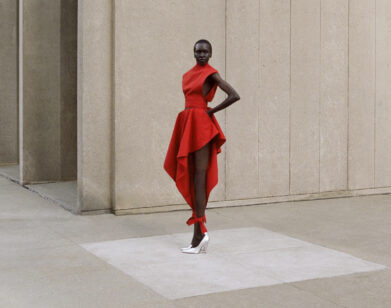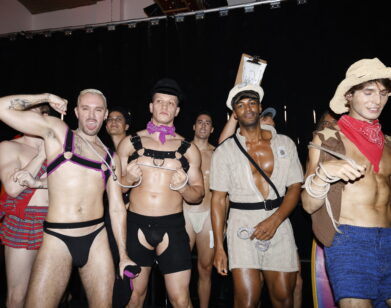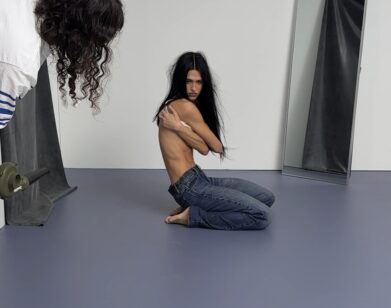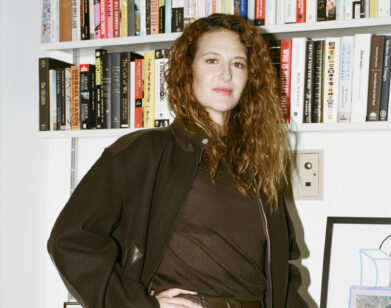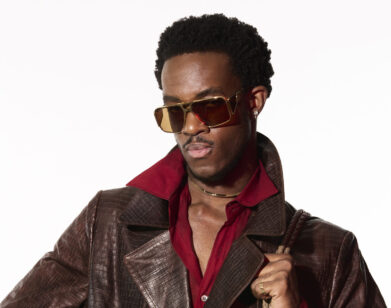The Future of Courrèges Can Be Found In Its Past
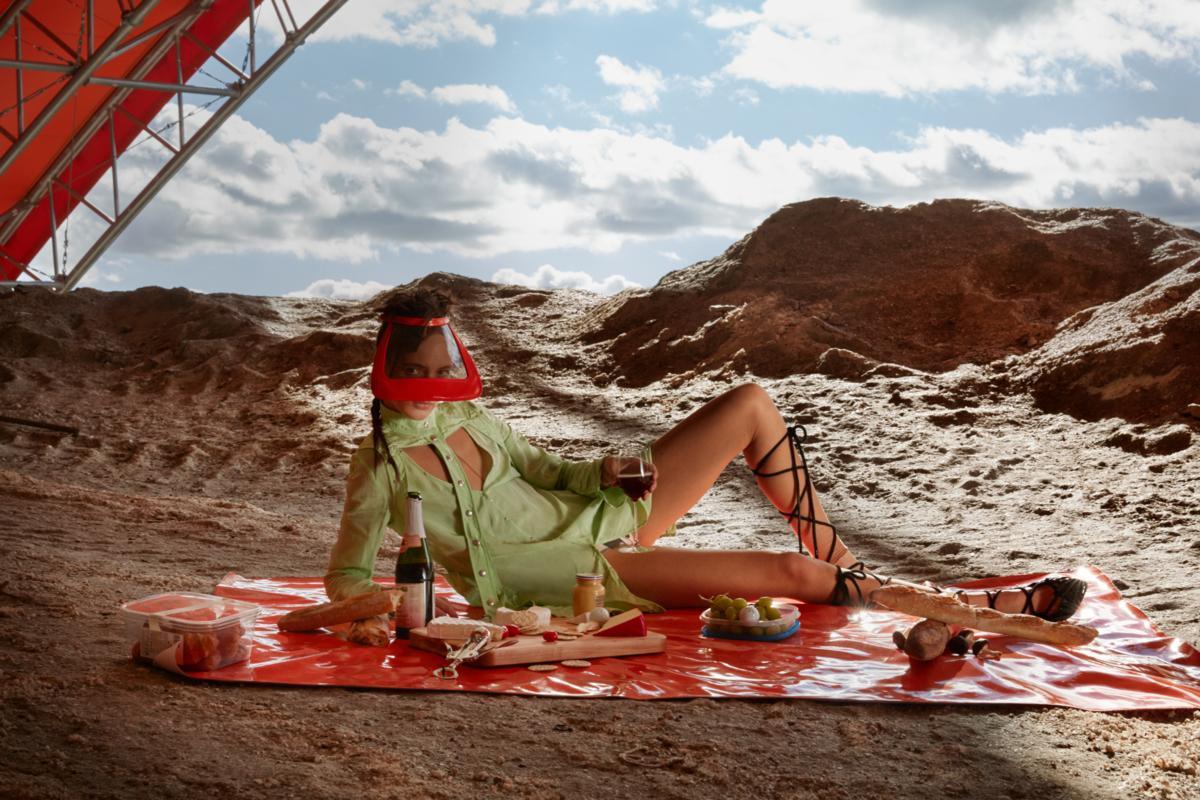
All clothes and accessories by Courrèges.
The newly appointed Courréges designer Yolanda Zobel has energized the forward-thinking French fashion house by looking, of all places, to the past.
———
When Yolanda Zobel took over as the new artistic director at Courrèges last Valentine’s Day, she was thrown into a highly paradoxical situation. How do you relaunch a label from the past whose core mission has been to embody the future? To make matters that much more complicated, this relaunch had already happened—in 2015, when Sébastien Meyer and Arnaud Vaillant were hired to revamp the company’s original Jetsons-meets-mod aesthetic. Zobel, who arrived after holding positions behind the scenes at Acne Studios, Jil Sander, and Chloé, used her Spring 2019 debut to tack the house’s approach. “There’s no revolution in doing a miniskirt anymore,” she says on the phone from Berlin. “So what is relevant today? It’s about men and women wearing the same kind of clothes, and giving them a freedom of movement.”
One of the designer’s first calls on the job was to the artist and creative director Babak Radboy, who was brought on to write a series of mission statements for the brand. He arrived at the Courrèges flagship store, just after France had won the World Cup, to a space that had been broken into by rioters. “When I got there,” Radboy says, “they had blocked the front door with a piece of plywood while they got the glass replaced. The first thing I had them do was spray paint ‘The future is behind you’ with the date of Yolanda’s first show onto the plywood. That’s a nice summation of the mission at Courrèges: that progress and the passage of time are two separate things.”
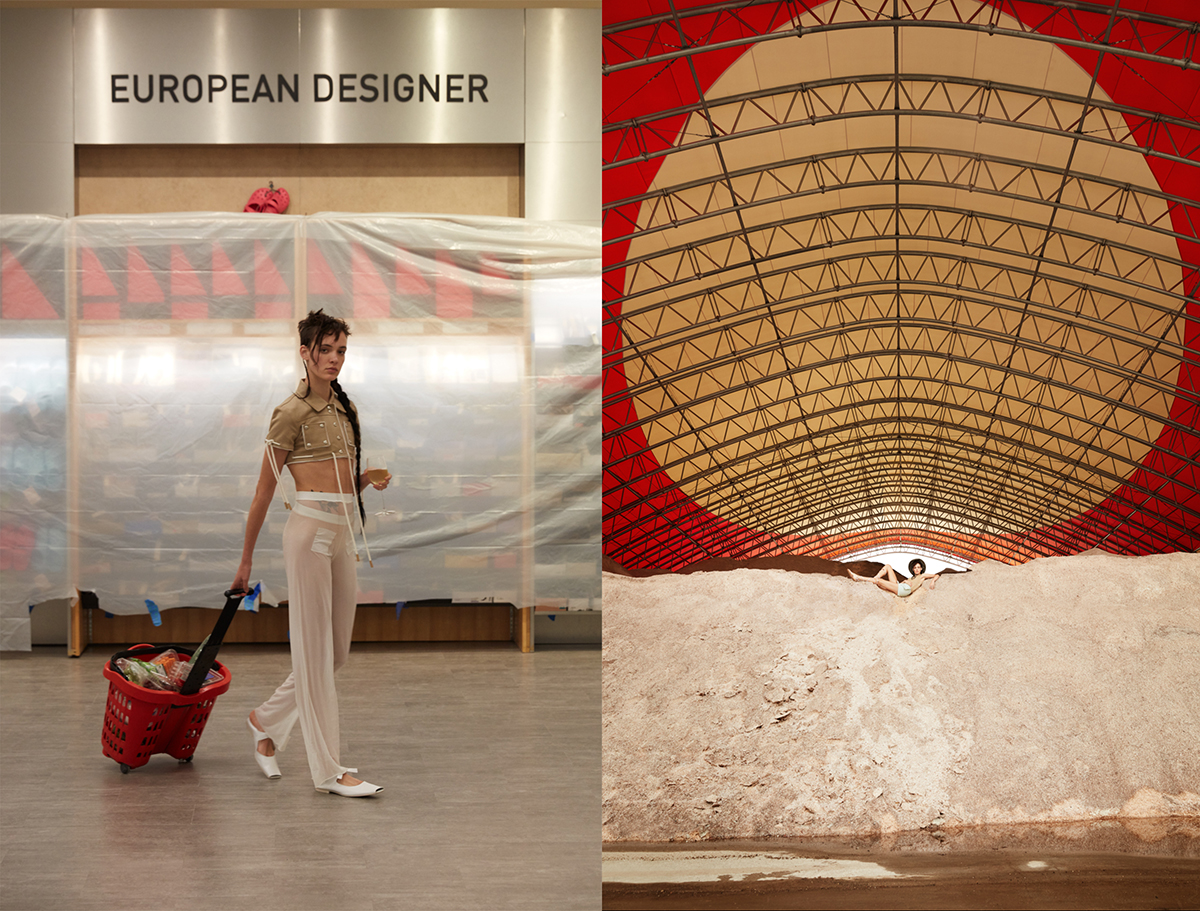
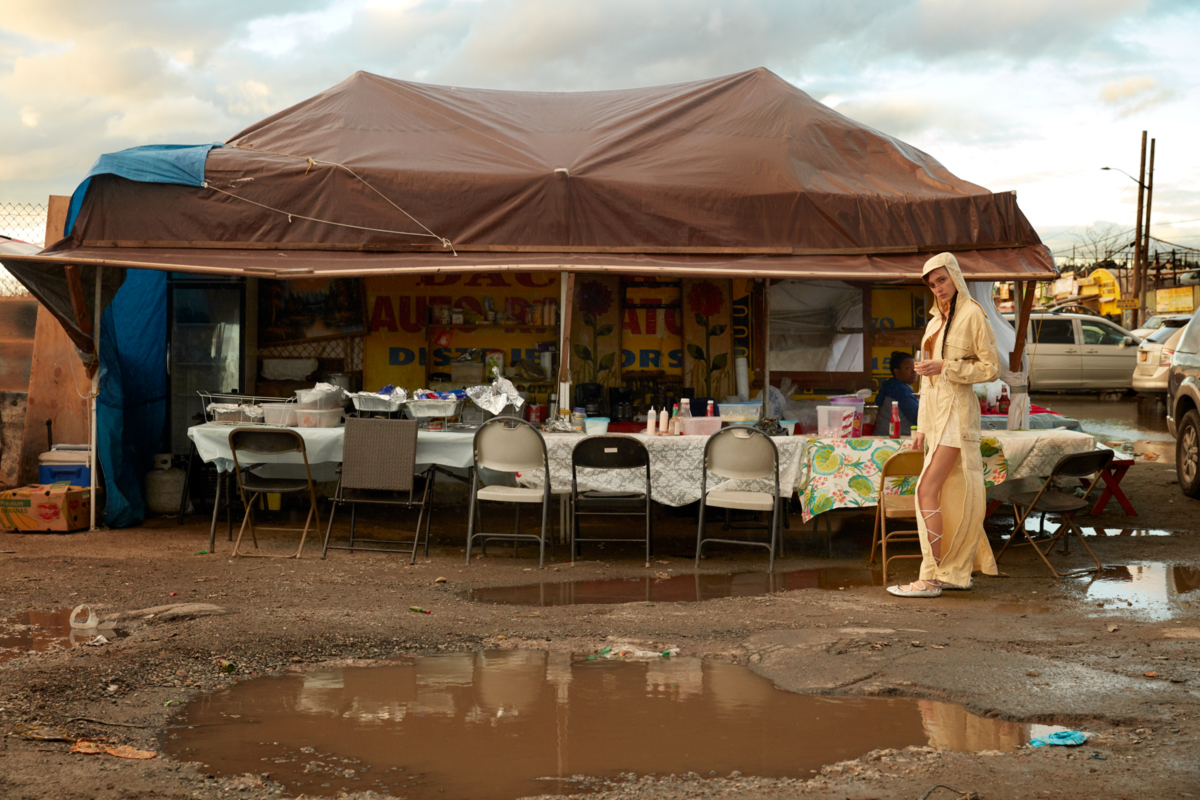
Radboy is one of several artists, including Matthieu Prat of the design studio Diplomates and the performance artist and dramaturge Isabel Lewis, with whom Zobel has surrounded herself, working in a way that feels more like an art collective than a traditional fashion company. Her first collection was presented on a glass-and-steel intervention into the flagship’s previously hidden courtyard. It challenged the prevailing irony of fashion by presenting idealistic “humanwear” for everybody—girls and boys in flowing pants, space-age capes, and skirts decorated with daisy motifs, sheer body stockings, and stand-alone nylon hoods.
Back in his heyday, André Courrèges’s pioneering miniskirts, go-go boots, and flat geometric silhouettes were design emblems of a revolution in fashion and sexuality. But in the hands of Zobel, who has made it one of her missions to produce a sustainable version of the house’s signature vinyl, that forward-looking vision has been re-orientated toward an almost hippie-like idea of progress, one guided by eco-consciousness and pansexual free love. The future that we want, Courrèges now suggests, has been there all along, behind a shattered glass window, just waiting for us to turn around and remember.
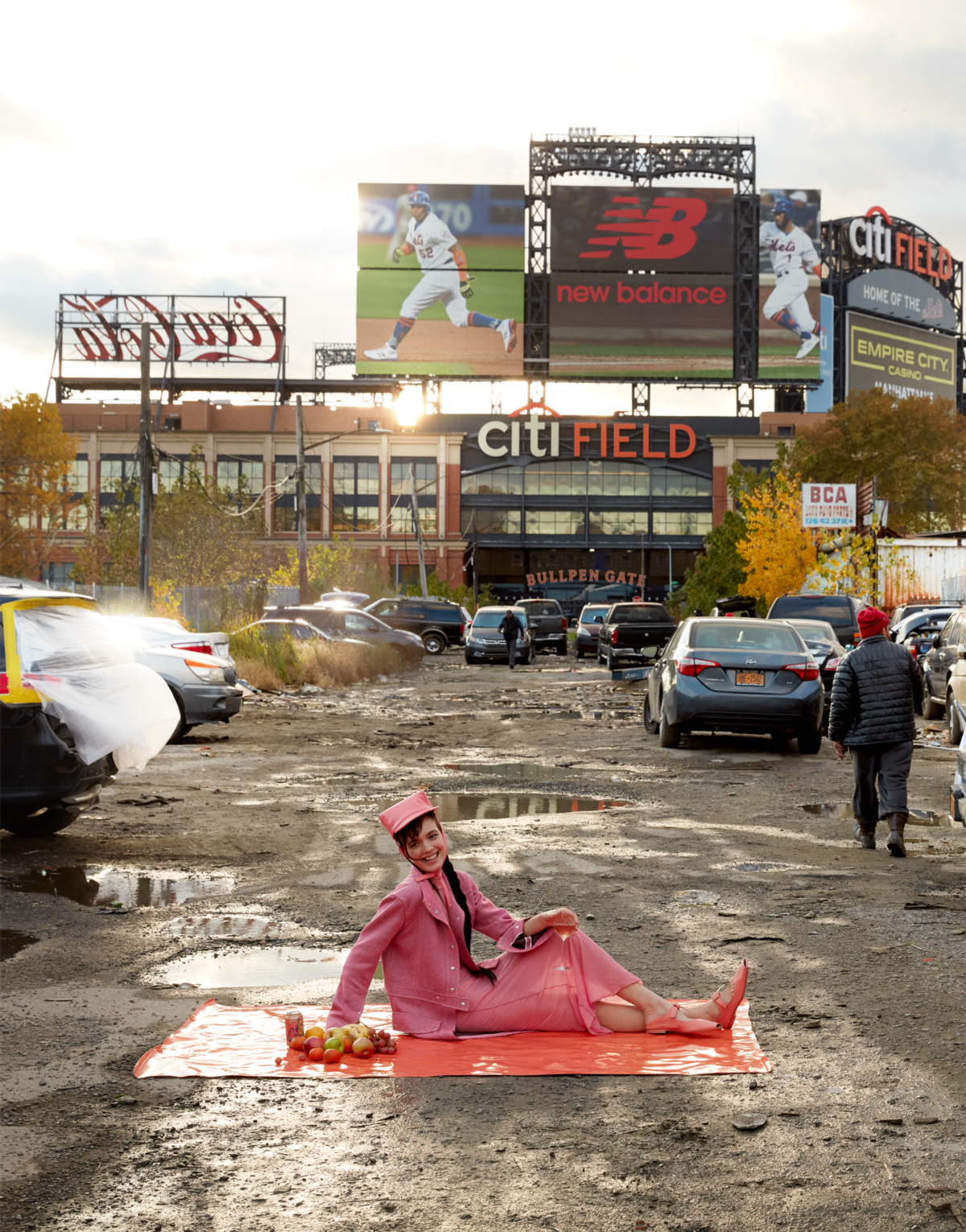
———
Art Direction: Babak Radboy
Model: Oslo Grace at BMG Models
Hair: Shingo Shibata using TiGi at The Wall Group
Makeup: Chiho Omae using MAKE at Frank Reps
Set Design: Andy Harman
Production: Spencer Morgan Taylor at HARBINGER
Production Coordinator: Zach Wolff at HARBINGER
Photography Assistant: Timothy Shi
Fashion Assistant: Greg Miller
Manicure: Ada Yeung using La Prairie at BRIDGE ARTISTS
Set/Prop Assistant: Sierra Villareal
Production Assistants: Benjamin Gutierrez, Jason Rosché

